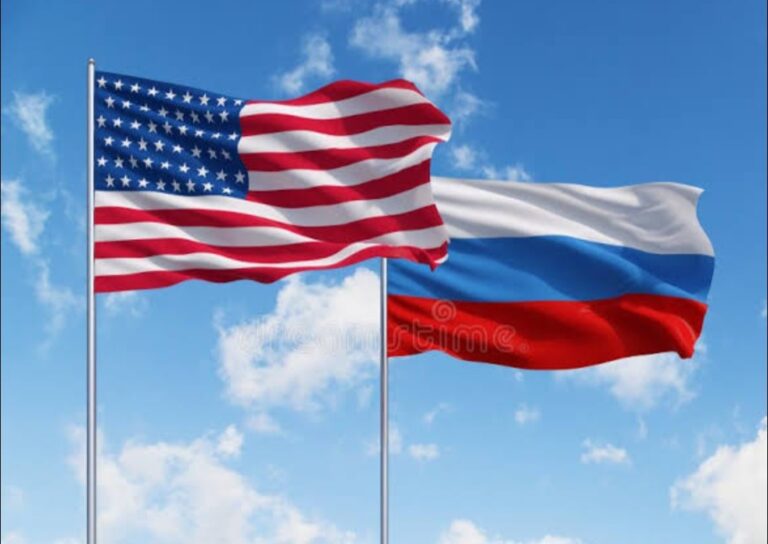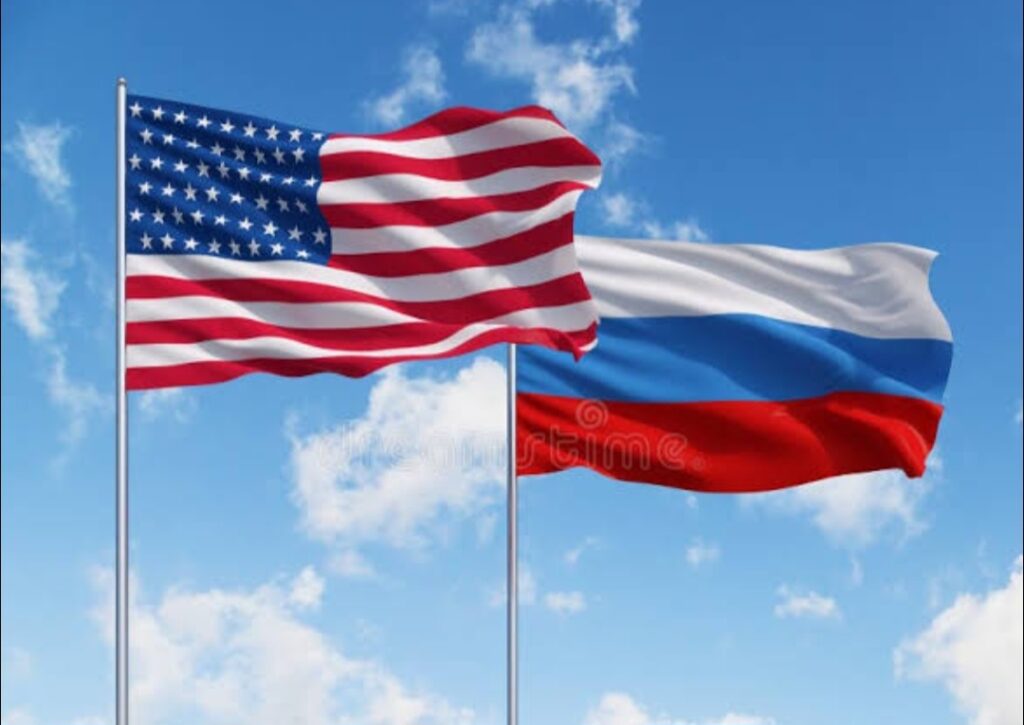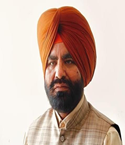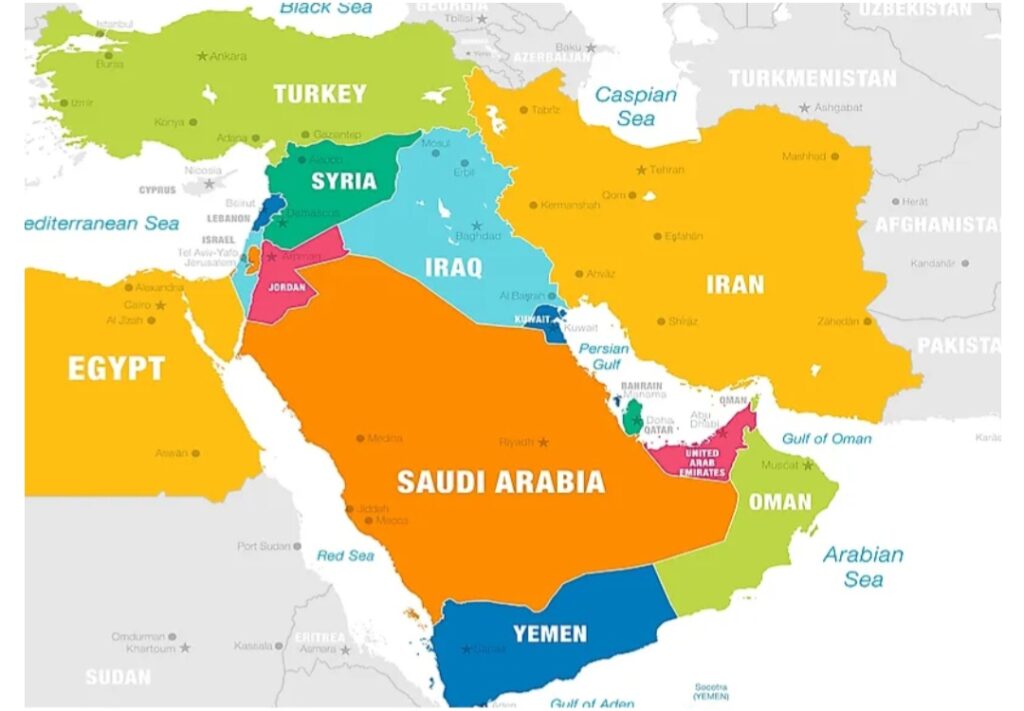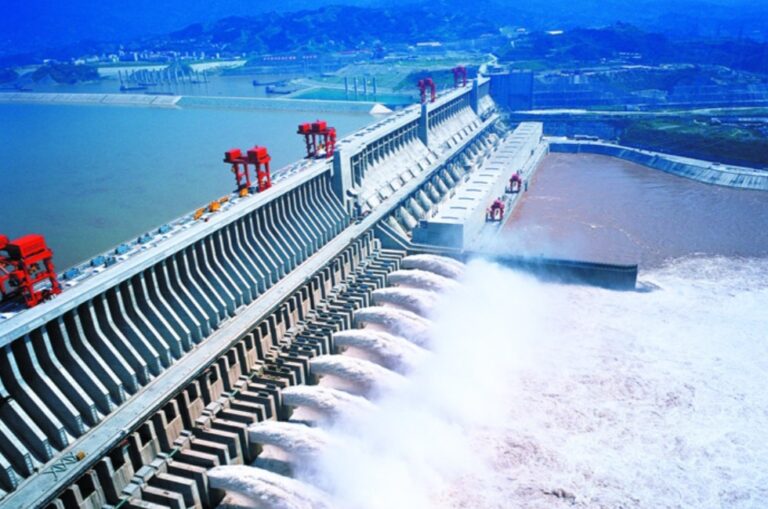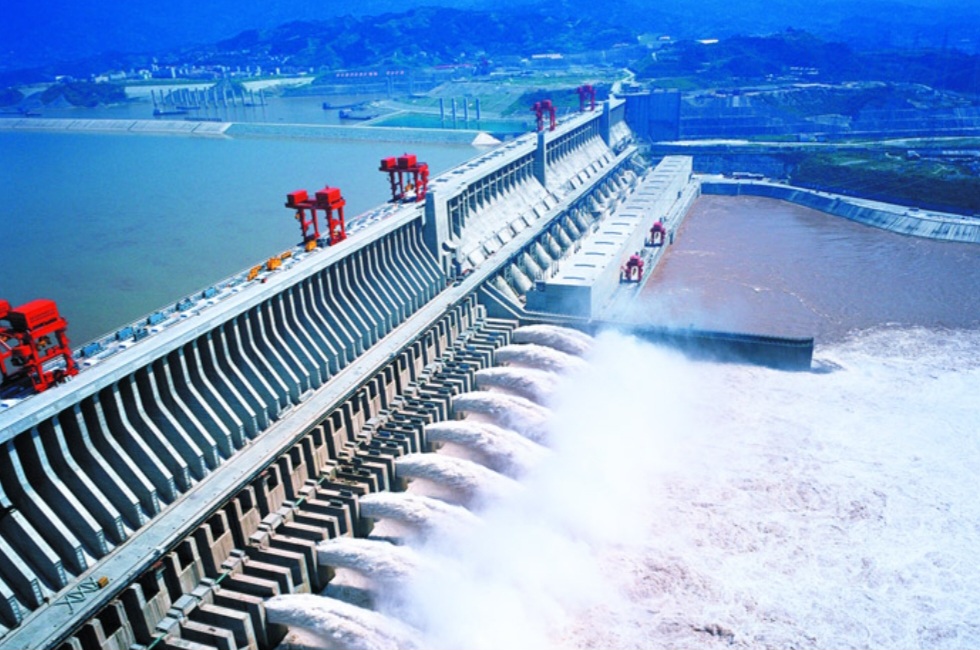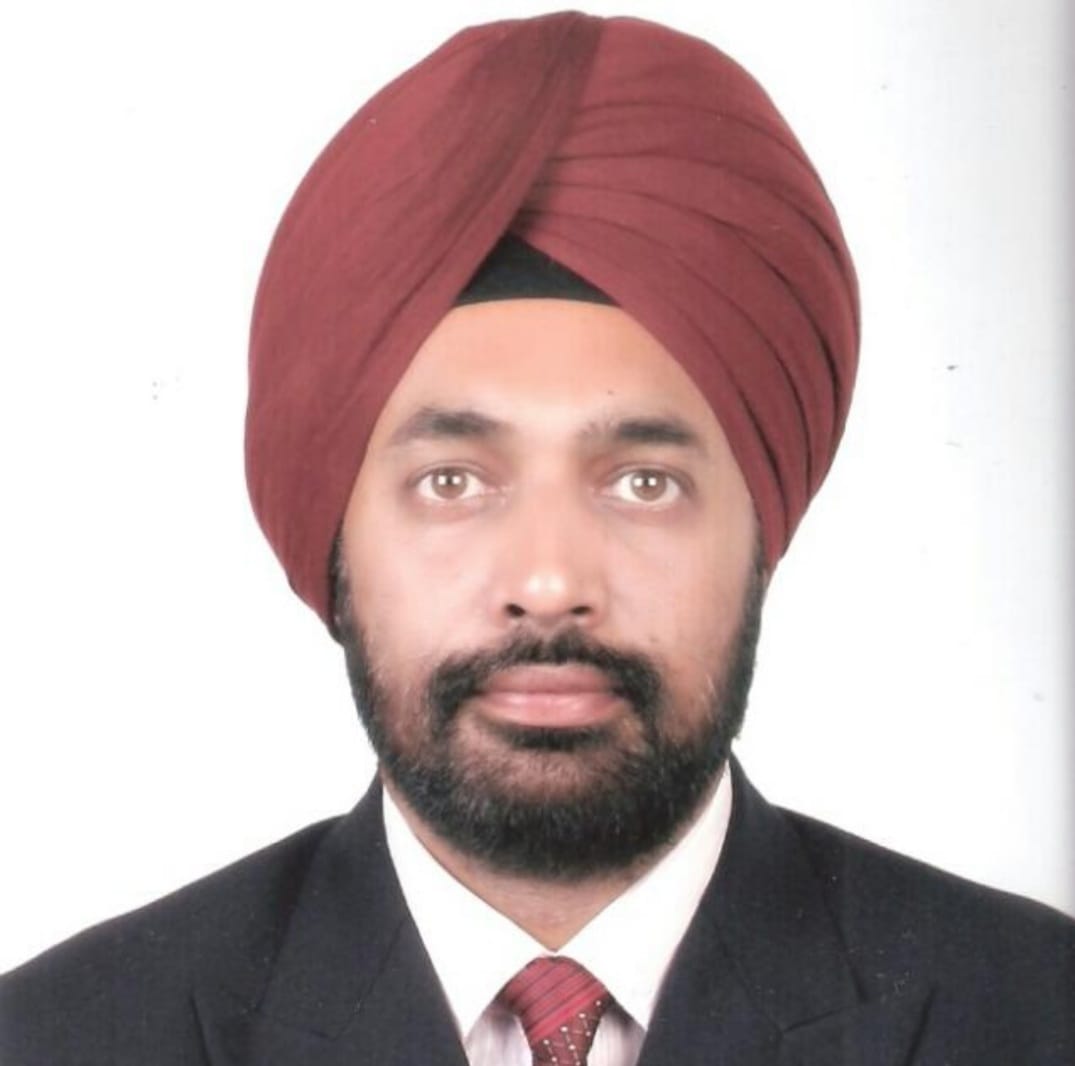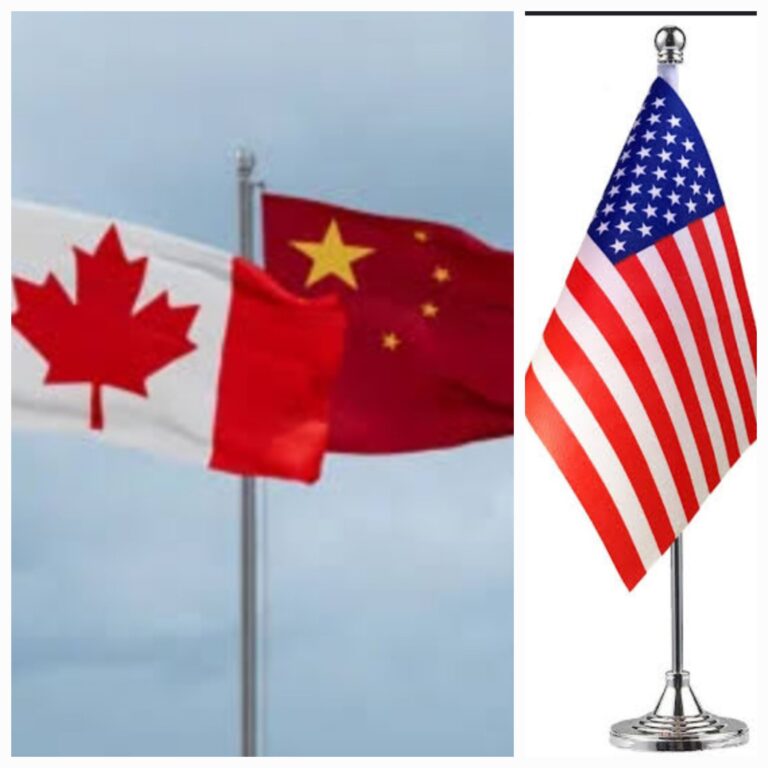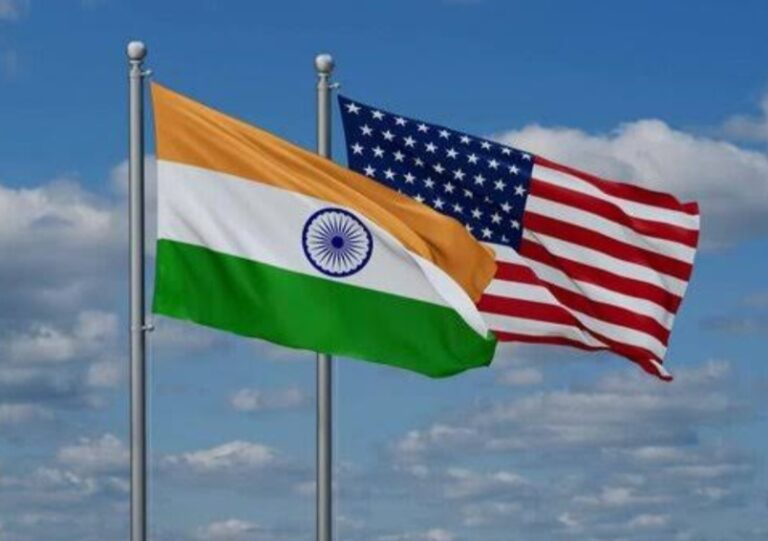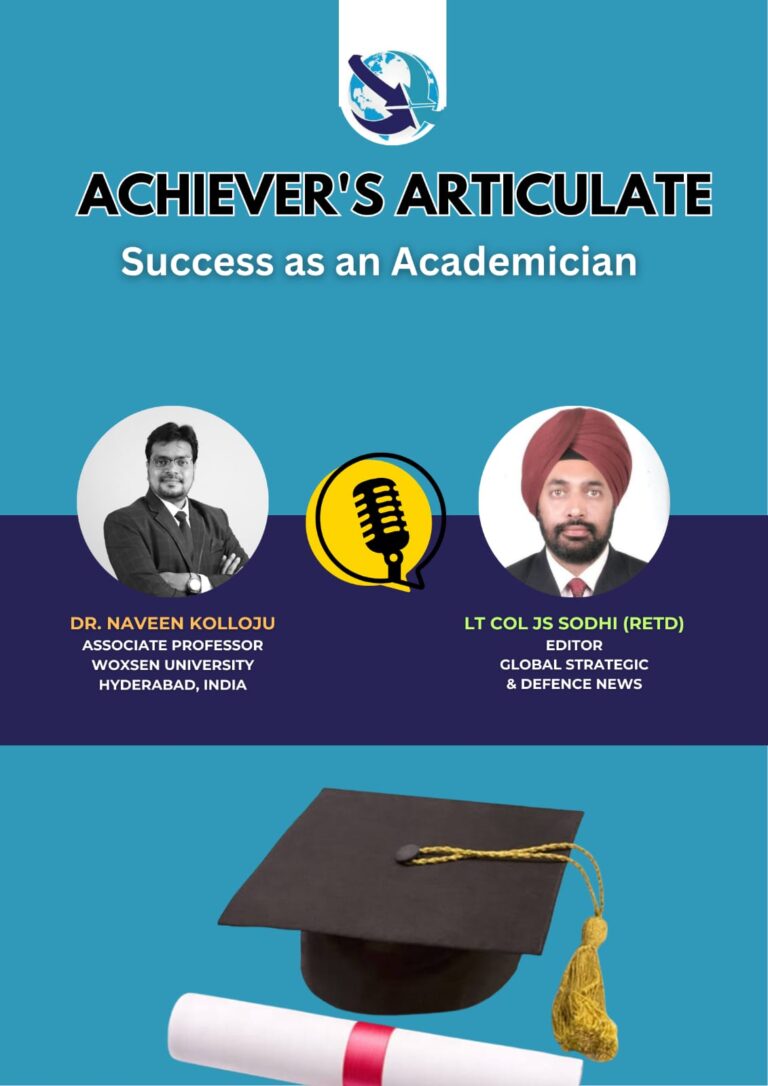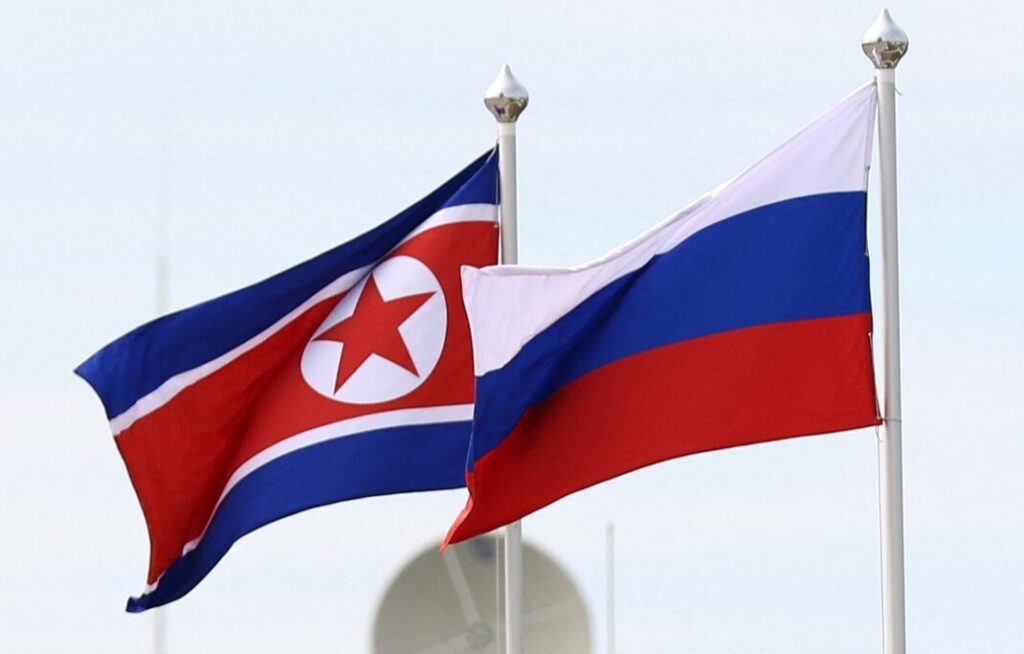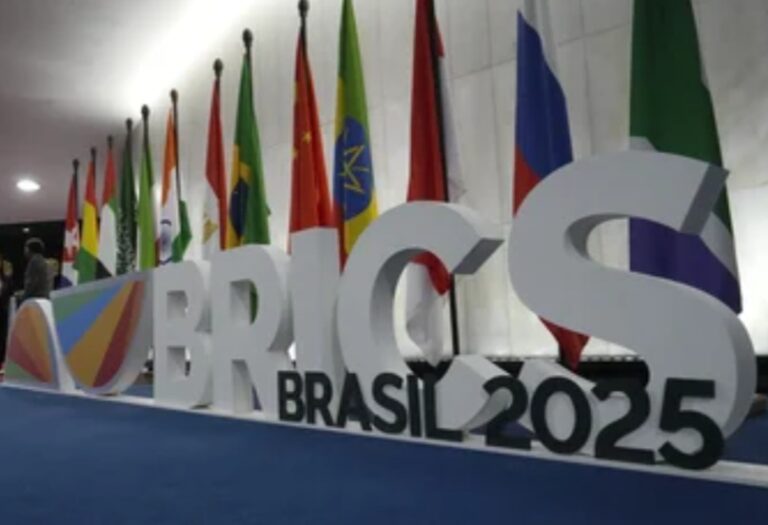By: Aasi Ansari, Research Analyst, GSDN

The recent Iran-Russia growing strategic partnership has shifted the attention towards the Middle East and elevated the concerns for nuclear security. This bilateral military-technology trade partnership increases the military capabilities in each country’s respective area of influence such as Ukraine in Europe and Israel in the Middle East. This strategic partnership has big implications not only in the Middle-East or Eastern Europe but many other countries. The relationship between Iran and Russia has made U.S. put economic and political sanctions on both countries. This can push both countries to come even closer and rely on each other and potentially have a big impact on global nuclear regime.
Russia-Iran Strategic Partnership
The two countries have been engaged in unprecedented rapprochement since the start of the war in Ukraine. The peak of military co-operation between the two countries came in 2022, when Iran supplied drones to Russia to be used in the Russia-Ukraine war. On January 17, 2025, Russian President Vladimir Putin and his Iranian counterpart Masoud Pezeshkian signed an historic 20-year strategic agreement. This new “strategic partnership” between Russia and Iran was finally signed in the Kremlin just three days before the inauguration of Donald Trump as US president.
The treaty spans forty-seven articles, covering almost all major areas, including trade, energy, security, nuclear issue, port visits and joint officer training. They pledged not to allow their territory to be used in any military action against the other, or help anyone to attack the other, and would cooperate to counter outside military threats. The agreement, however, does not directly or explicitly talk about a “mutual defence clause”. The text also includes exchanges “in the field of peaceful uses of atomic energy” including “the construction of nuclear energy facilities,” according to information released by the Kremlin.
The 12-day war between Israel and Iran, exacerbated by the air strikes conducted by the United States (US) on Iranian nuclear sites, has significantly escalated tensions in the Middle East. Russia has condemned both Israel and the US for ‘violating international law and the United Nations Charter’. But all that condemnation was only on paper that yielded no efforts from Russia to stop the crisis. This muted reaction showed the reality of Iran-Russia strategic partnership for all the rhetoric of anti-Western solidarity. This silence is all the more striking given that Iran is one of the few countries actively supporting Russia’s war in Ukraine, supplying drones, arms, and military equipment but Russia not helping Iran militarily in return.
Despite all the agreement between Iran-Russia, Russia has not supplied any arms to Iran. The Kremlin has limited itself to a formal condemnation while leaving the Islamic Republic to deal with what initially appeared to be an existential crisis that has now been temporarily paused through a ceasefire. Vladimir Putin said that Iran had not asked for help since the beginning of Israel’s air campaign. The Russian president added that the comprehensive partnership treaty between Moscow and Tehran has no articles related to the military sphere.
Impact on Global Nuclear Regime
Global focus has been shifted to the Middle East, allowing the Kremlin to intensify its attacks on Ukraine, hoping for military gains there, and if the Iranian regime overcomes this crisis, it will emerge more dependent on Russia for its survival. A collapse of the Islamic Republic or a potential Iranian nuclear breakout could destabilize the broader region, erode Moscow’s strategic foothold, and expose the limitations of its capacity to shape regional power dynamics and secure its southern periphery.
The United States of America has always been against the idea of Iran becoming a nuclear state. Due to which, Trump always opted for the “Maximum Pressure” by putting more economical sections on Iran and the supporting nation Russia. This Maximum Pressure has the potential to push Tehran and Moscow Even Closer. This can increase Iran’s keenness towards making nuclear weapon or at least increase the chance of Iran asking for technological help from Russia for the development of nuclear weapon technology Nuclear Weapon Technology.
Russia recognizes that the war’s outcome has the potential to reshape its global stature, fundamentally alter the dynamics of the “Iran question” in which Moscow has long claimed a central role or as a moderator and impact global strategic stability and non-proliferation efforts. Although, Russia’s role in the Iran-Isreal crisis is constrained by its deep involvement in Ukraine crisis and the U.S. is criticised by many nations for funding the genocide in Gaza and the West-Bank. These conflicting pressures presents both risks and opportunities, with risks currently outweighing potential gains. Simultaneously, due to international sanctions, Russia grew increasingly reliant on longtime Iranian rivals for the oil-price coordination and investments in civil nuclear program and Missile development.
Due to the ongoing crisis and global focus shifting to the Middle East, the Non-Proliferation regime has been affected. Some states may grow more interested in nuclear weapons such as Iran and South Koria. If Iran makes a nuclear weapon, the bordering countries in the Middle-East may also be forced to build deeper underground, more secretive facilities that are less vulnerable to conventional attacks. Similarly, South-Koria has repeatedly asked the U.S. to help them with North-Koria which is a nuclear country. But not getting significant response from U.S. has made them believe that America’s Nuclear Umbrella is reliable. The U.S. is losing its influence in many countries. For example, they already have strategic pacts with North Korea and close ally Belarus, as well as a partnership agreement with China. The concern about national defence and security could make them choose nuclear option.
The progress of Iran’s civil nuclear program may also be at stake due to the U.S. sanctions for limiting Iran’s ability to develop nuclear weapons, the progress of Western sanctions on Iran and Russia have complicated Russian efforts to receive payment from Iran for work on the Bushehr plant. Russia reduced half billion dollars in debt from Iran in 2023. Yet work on new reactors at Bushehr 2 has been slow. By early 2025 only 17% of the project was completed. Isolated from the West and facing China’s investment hesitance, Tehran has little option but to rely on Russian technology. This close relationship strengthens Russia’s grip globally over civilian nuclear energy.
Iran has signed multiple treaties in the past as well with several other major nations Iran and Russia’s partnership allows the opportunity to challenge the United States and the West. Countries includes China, North Korea, Venezuela, Cube, and Belarus share similar objectives to decrease American hegemony and to create a multipolar world. China and India also seek a multipolar world but do not suffer from the same political and economic isolation levied against the Russians and Iranians.
China’s support for Iran’s nuclear ambition has been constant, which now, extends to investment in infrastructural projects under the Belt and Road Initiative, proposing a massive investment of $400 billion over the next 25 years. North Korea has signed a pact with Iran, enhancing its missile technology. Venezuela, on the other hand does not have much to offer, but has still signed the strategic pact as a tool of mutual defiance against US. Belarus, a staunch Russian ally, has consistently shown its support for Iran’s peaceful nuclear purposes.
For Europe, the Israeli–Iranian conflict has exposed its geopolitical marginalization. Efforts to align closely with the US and Israel have brought strategic risks, while excluding Europe from the decisions shaping key developments in the region. Europe faces new challenges in its relations with both Iran and Russia, arising from the war in Ukraine and the dynamics of nuclear diplomacy.
Future prospects
Nuclear talks between Iran or Russia and the United States could lead to one of these scenarios. If Iran or Russia agrees with U.S., it will likely result in a ceasefire in Ukraine and the genocide of Palestinian civilians will continue. This will reduce the U.S. sanctions on Russia and Iran, might give some economic relieve for both countries. Moscow’s reliance on military cooperation and alternative economic partnerships with countries like Iran, China and North Koria could diminish. This could increase the west influence and decrease the Russia’s influence in the Middle-East. This also erase all the chances of Iran acquiring Weapon of Mass Destruction and it will could also impact the Iran’s civilian nuclear program.
On the other hand, an agreement could take place between Iran and Russia, whether through tighter Western sanctions on Russia or increased pressure on Iran. In this case, America will try to put more sanctions on both nations. Russia will most likely try to bolster its ties with countries like China and North Koria and simultaneously increase control in the Middle-East. The economic and Military cooperation between Iran and Russia can speed up Iranian weapon program and grow arm supply in many countries. This can potentially end the genocide in Gaza and West-Bank, although nothing can be said about Russia-Ukraine war. This could potentially drive Tehran and Moscow into even closer strategic alignment.
Conclusion
The Iran-Russia 20-year agreement is important not just from a bilateral context but has wide raging geopolitical ramifications. The evolving alignment between Tehran and Moscow will likely continue to operate on a spectrum between transactional cooperation and strategic coordination, advancing in selective areas of mutual benefit while avoiding the risks of overcommitment. Systemic pressures have created conditions that are pushing Tehran and Moscow toward deeper cooperation, and that will continue to shape the intensity and trajectory of the partnership in the future.



